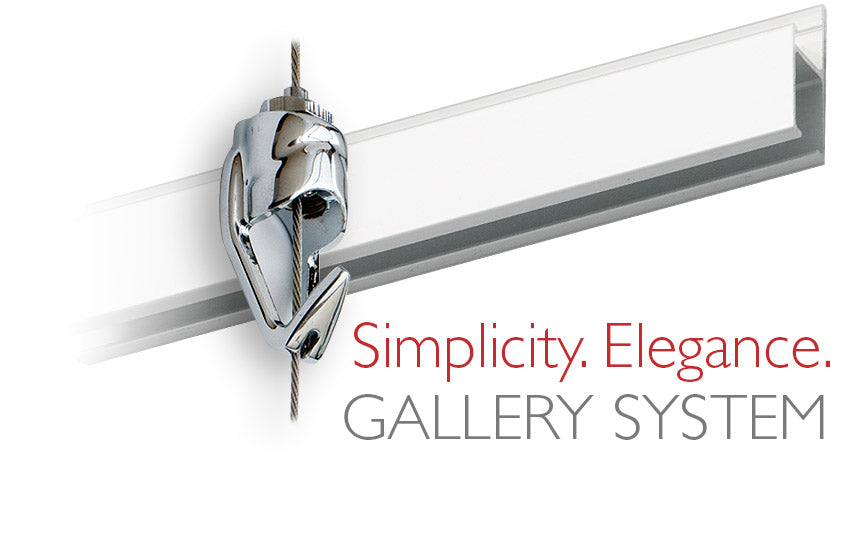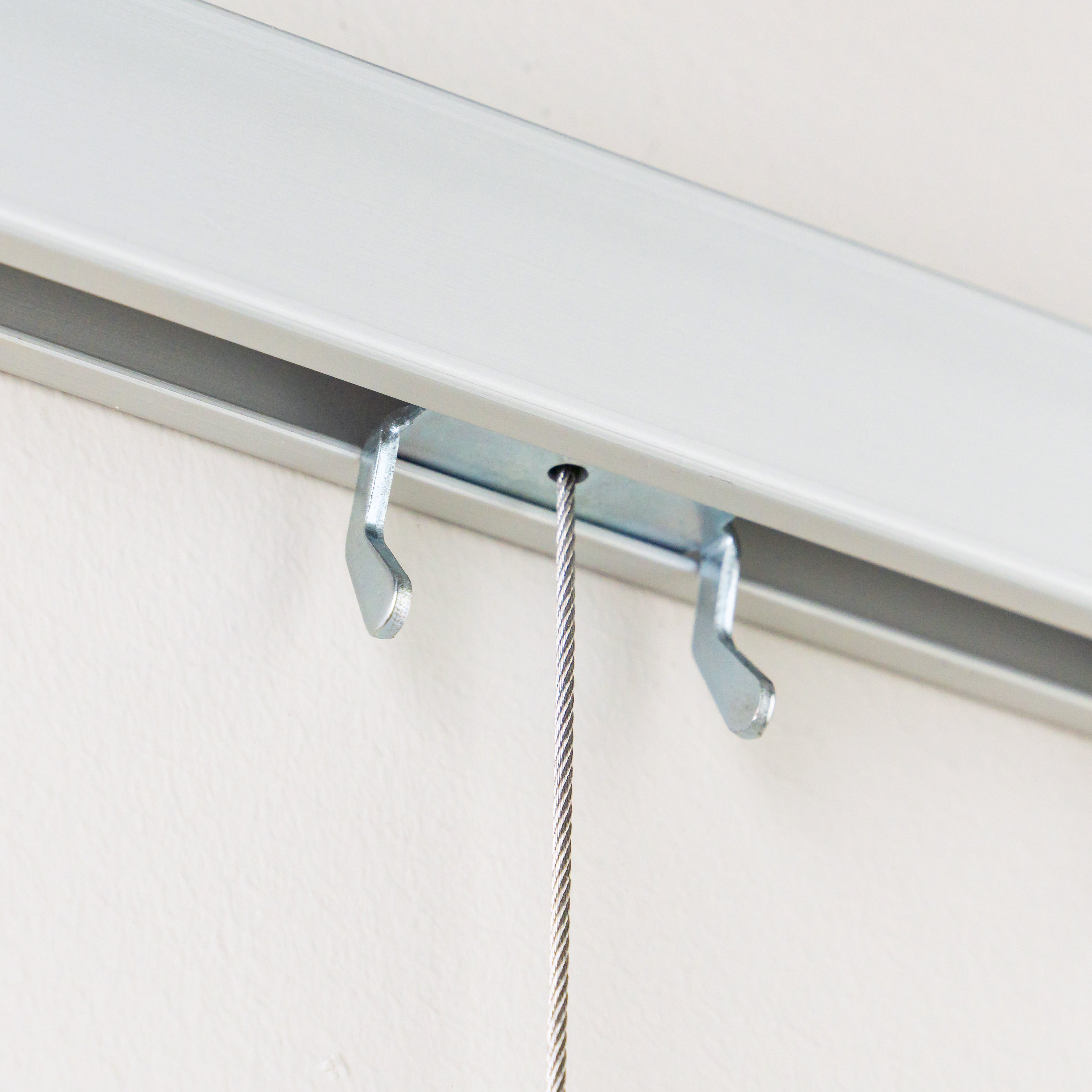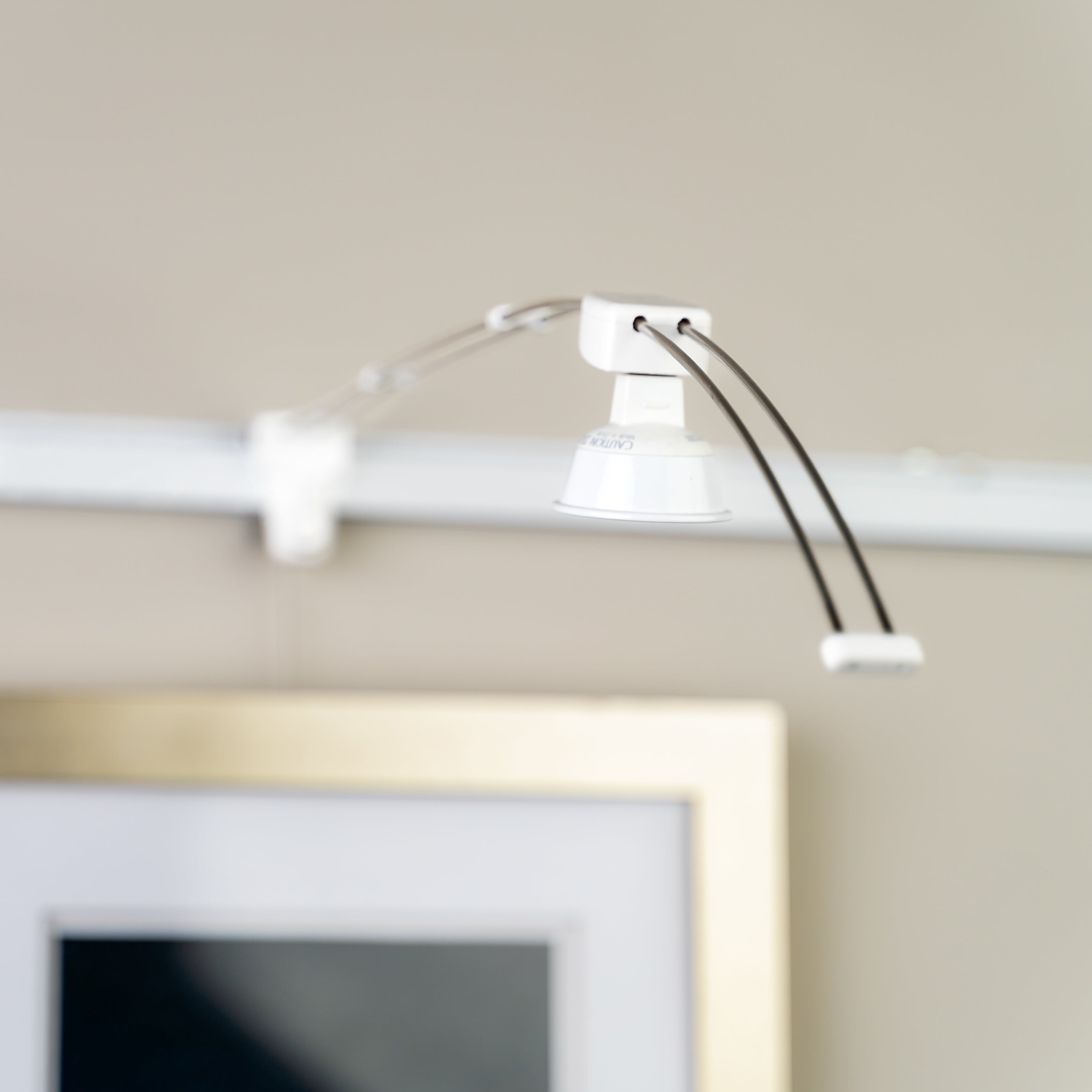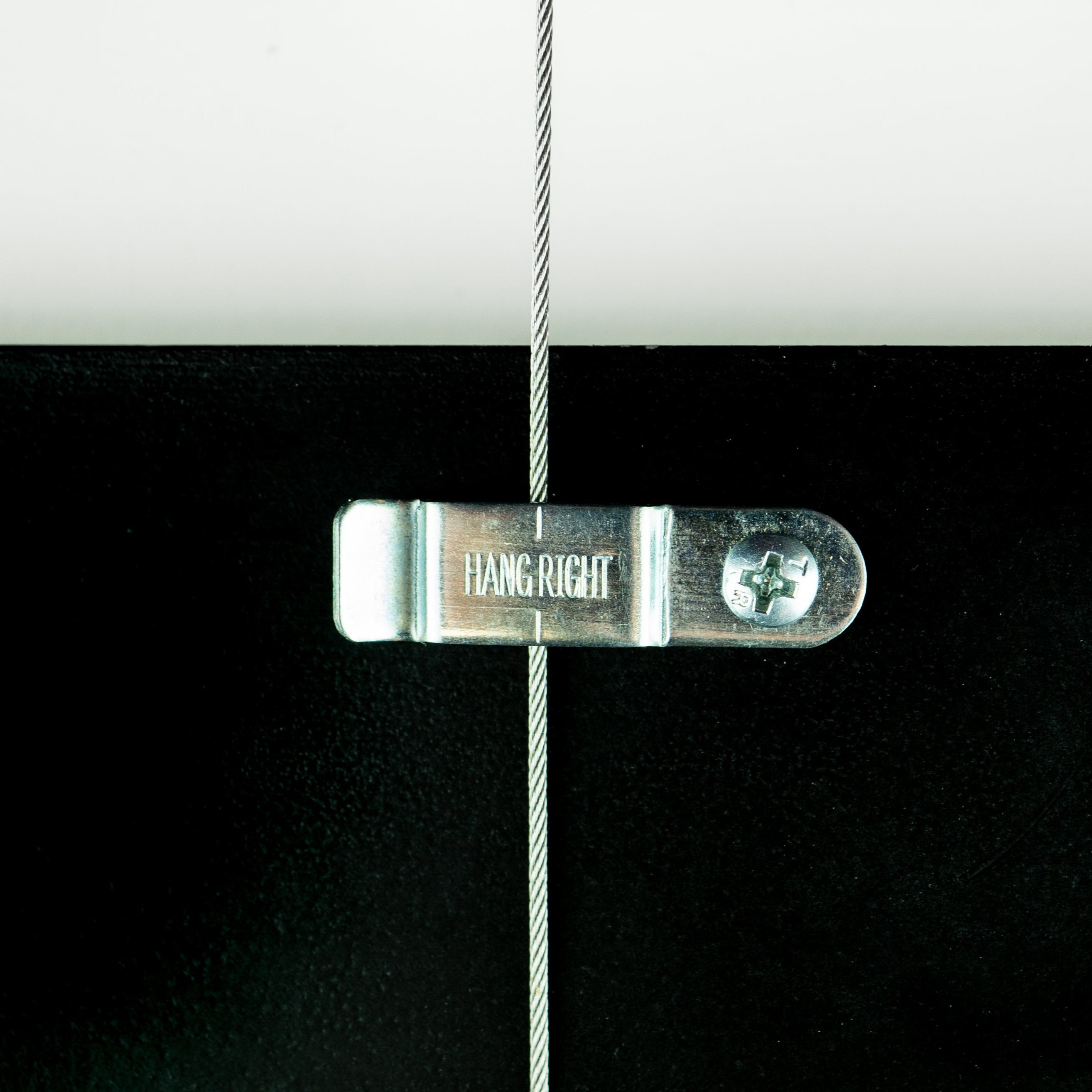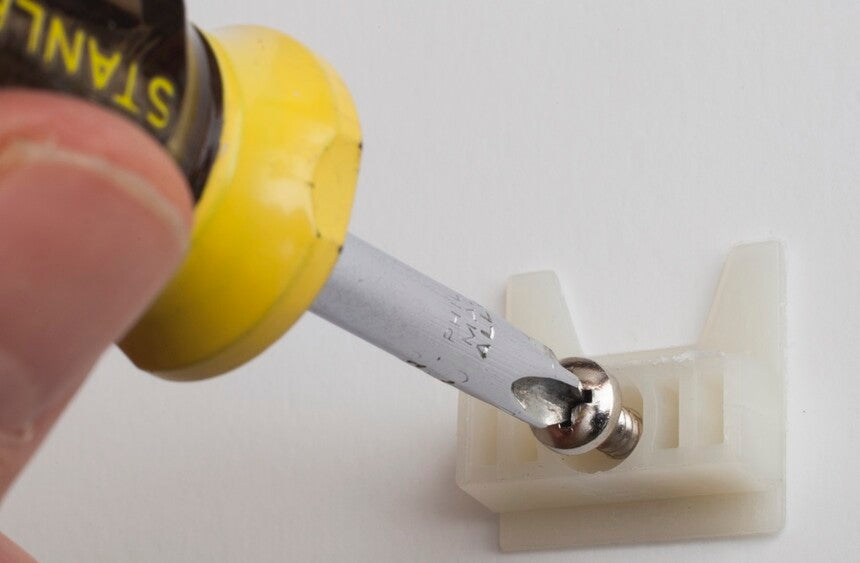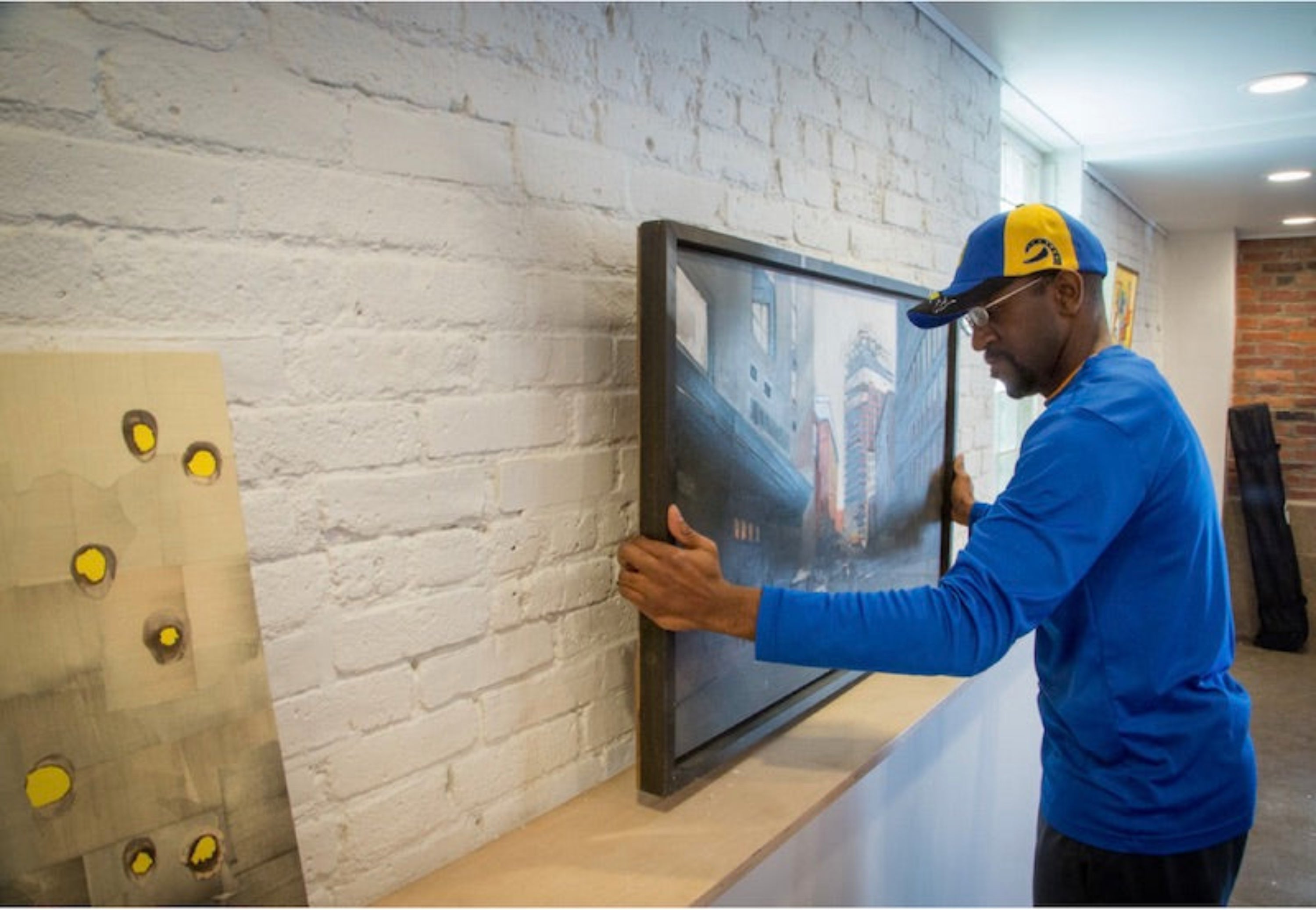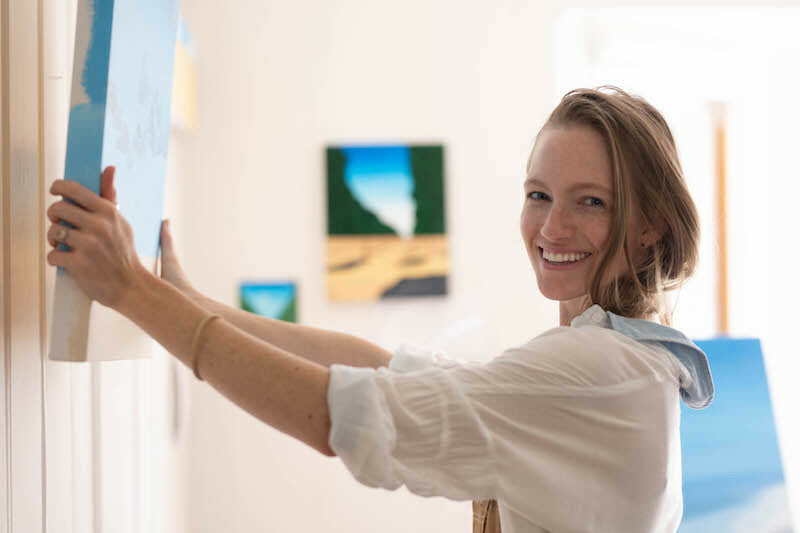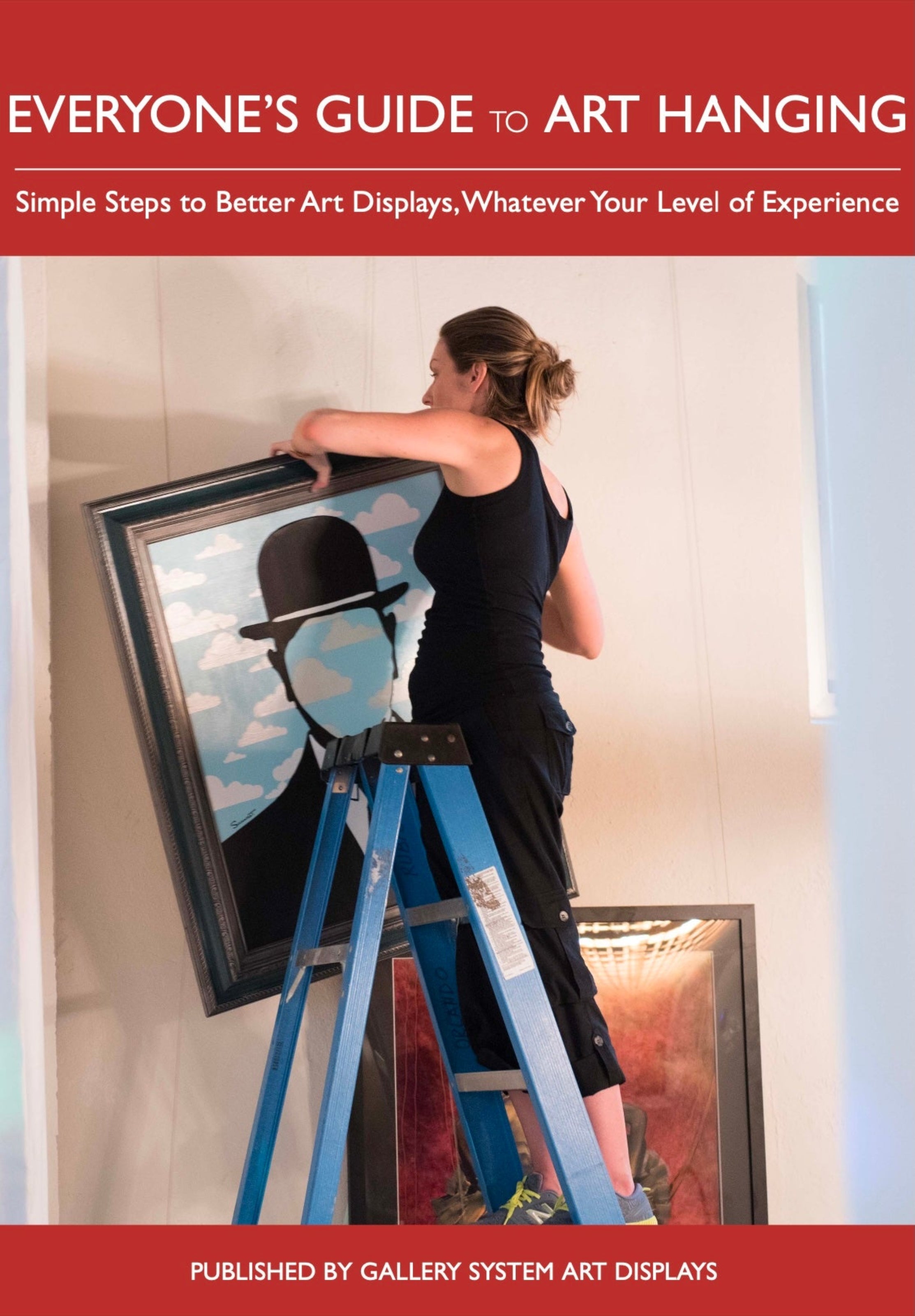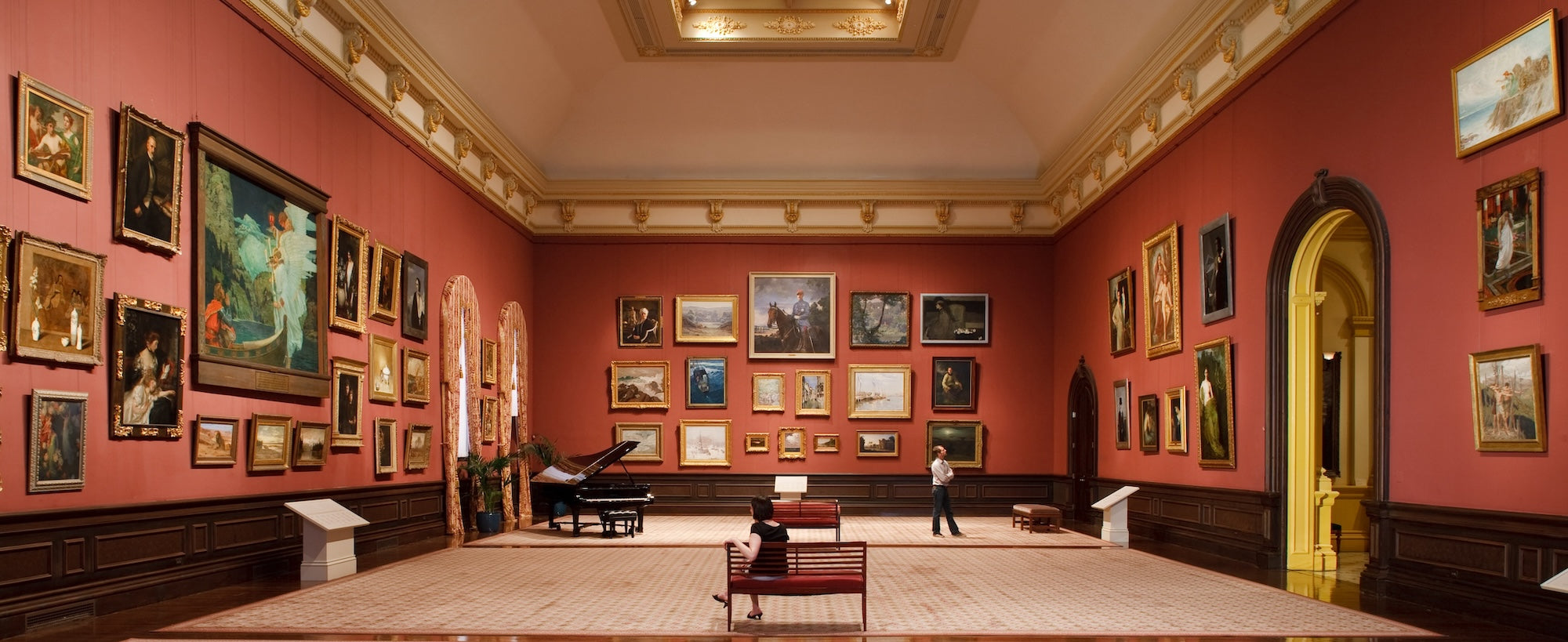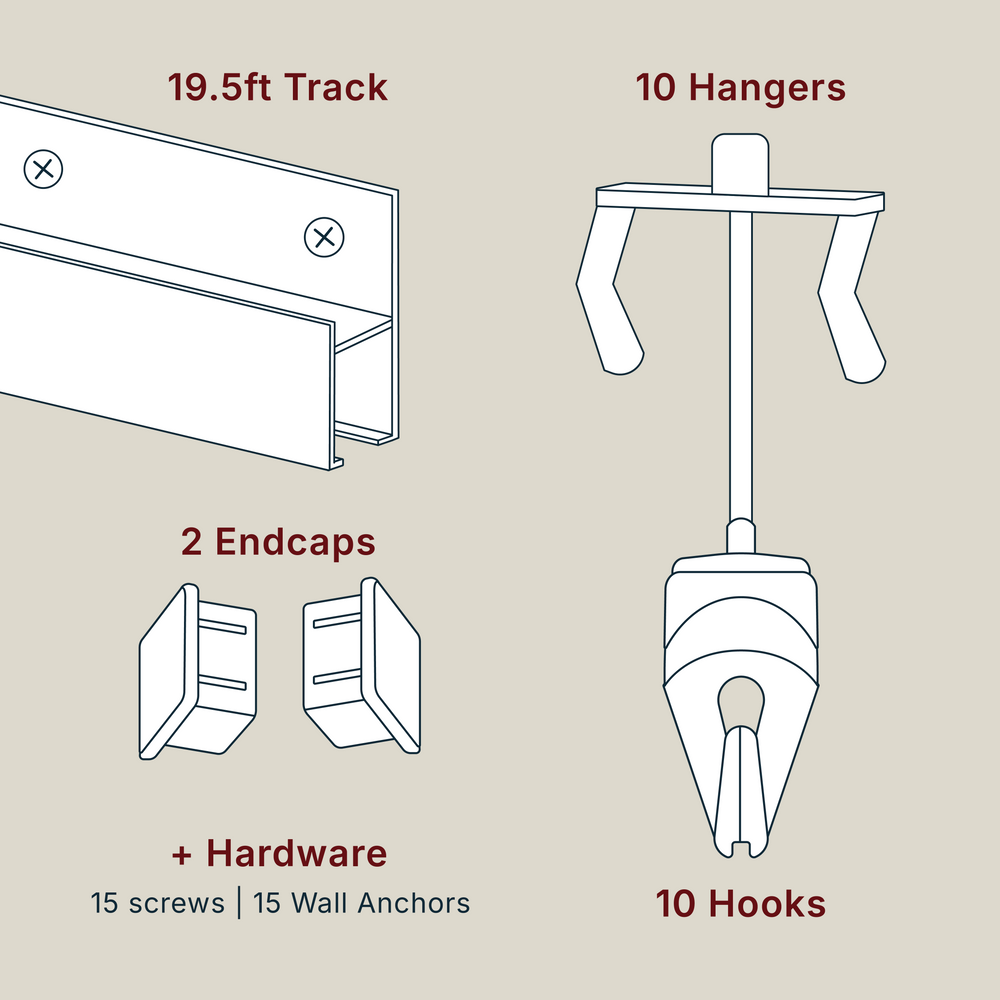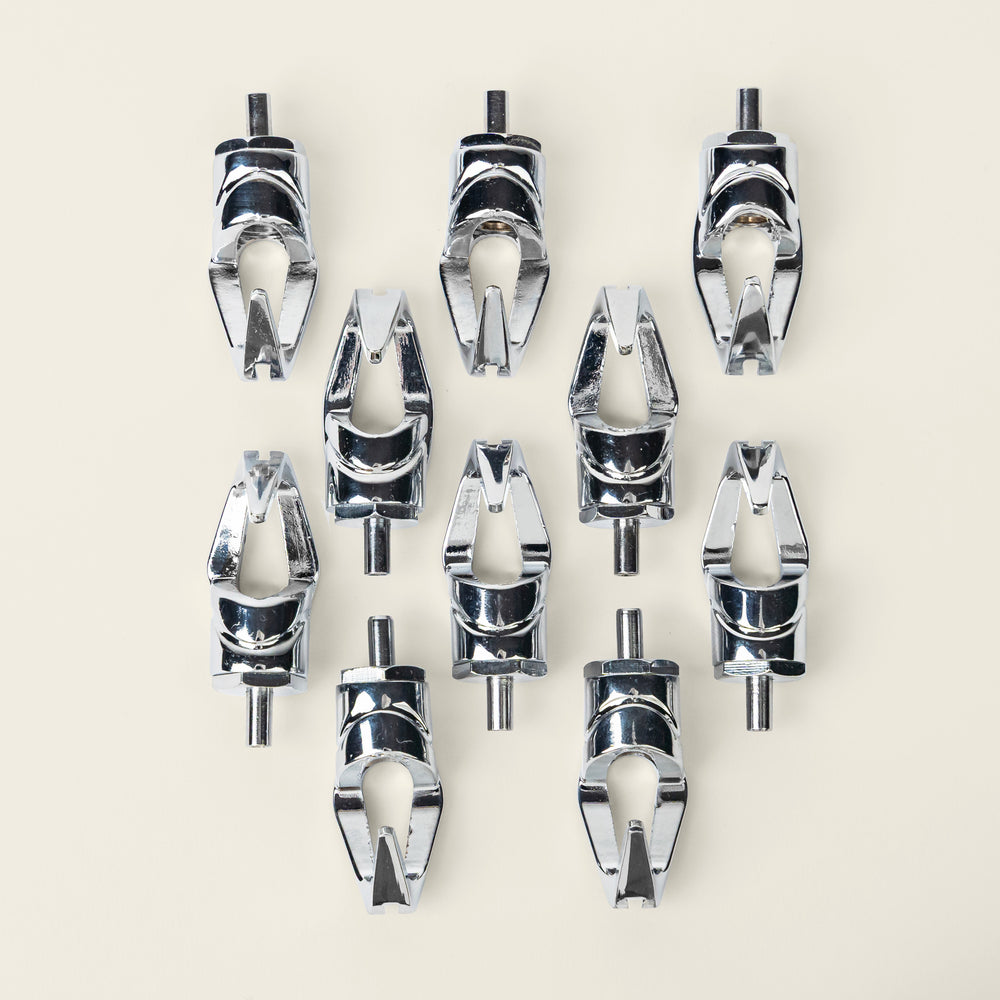If you've visited a museum or gallery lately, you might have seen a “salon style” exhibition where works are displayed in groups rather than traditional single-row “museum style” hanging. Here's how you can hang art salon style.
Salon-style displays, which date to pre-Revolutionary Paris, offer several advantages for your gallery, studio or home. One big plus of salon-style is that higher-hung pieces can be seen by everyone, even when the room is crowded. And the alternative approach to art display provides an intriguing historical throwback.
In addition, more artworks can be displayed in a given space, and the non-linear approach allows exhibition designers to highlight connections or contrasts between multiple works, styles, periods, or artists.
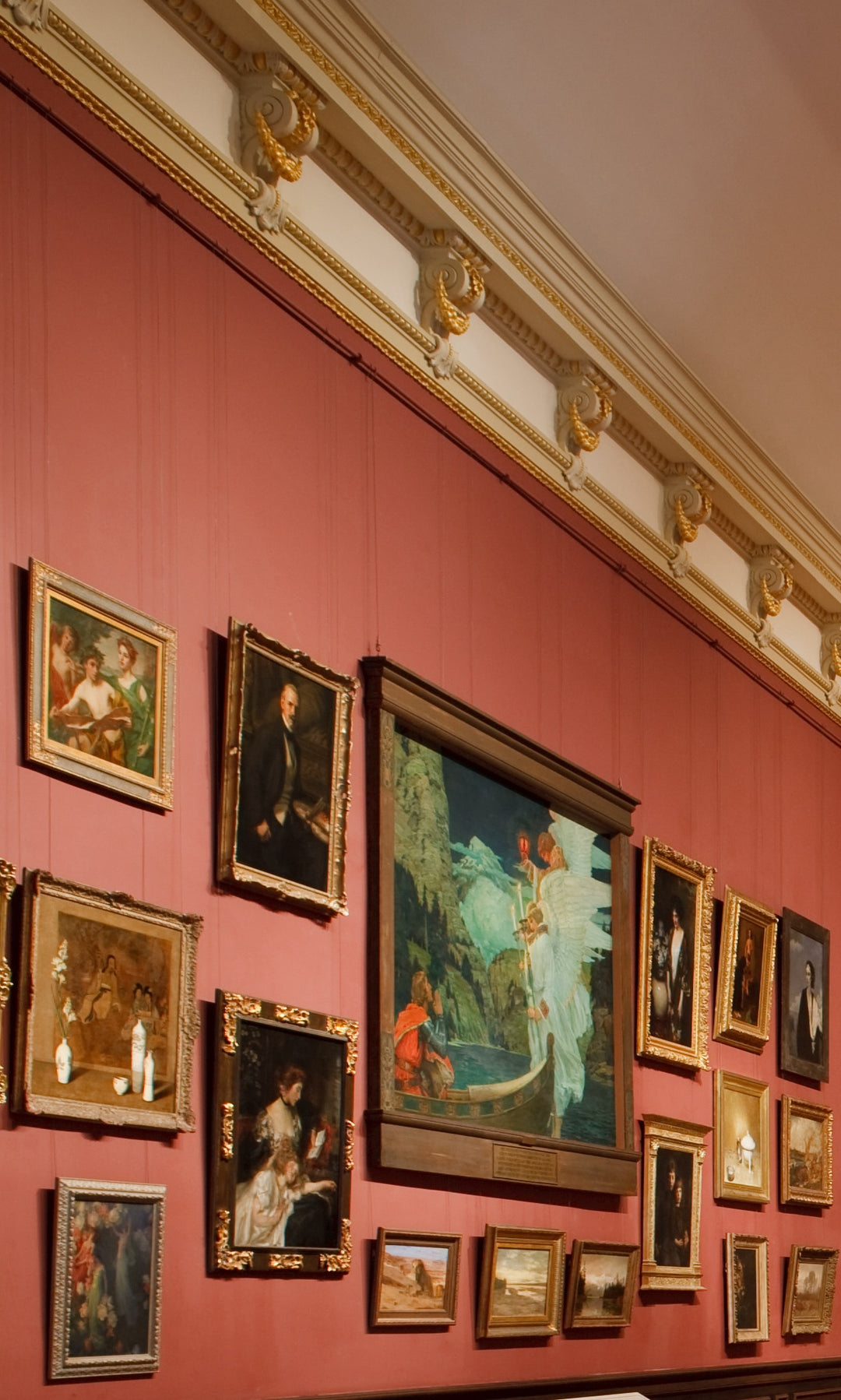
For all of its benefits, it’s easy for salon-style displays to look chaotic, disconnected, or overwhelming. A sense of order and clear, logical visual lines are essential. With careful planning and execution, anyone can achieve an orderly, yet visually stimulating salon-style display.
The Grand Salon at the Smithsonian Institution’s Renwick Gallery (at top of page) is an excellent example of successful salon-style presentation. Note how each of the three groupings has a clear focal point. On the left, a large painting anchors the center. On the end wall, a large equestrian portrait is surrounded by smaller landscapes, seascapes and urban scenes as well as indoor portraits. Together they provide a new perspective on what’s going on in the central piece, with its combination of landscape and portraiture.
Look closely at the detail of the photo (above left), and you’ll see that the Smithsonian gallery uses a picture rail art hanging system. The works hang on cables suspended from a wall-mounted molding using picture rail hooks, with columns of two or three paintings sometimes sharing cables. This system guarantees consistent vertical alignment and also helps create a grid—both important factors in keeping the arrangement harmonious and pleasing to the viewer’s eye. (Gallery System offers a line of instantly adjustable picture molding hooks and hangers.)
Grids, while important for consistent alignment, do not have to look rigid. One pleasure of well-executed salon-style hanging is asymmetry and variation; a less-formal display that still looks polished and intentional. The playful salon-style display of self-portraits at right illustrates this effect (Photo by Mark B. Schlemmer, used via Creative Commons.)
Examples of at-home salon style hanging—some more successful than others—can be found in this LA Times photo gallery. Images 4 and 5 show smaller spaces being overwhelmed by too much material, while number 7 is an example of a layout that lacks a clear focal point and so does not invite the viewer in.
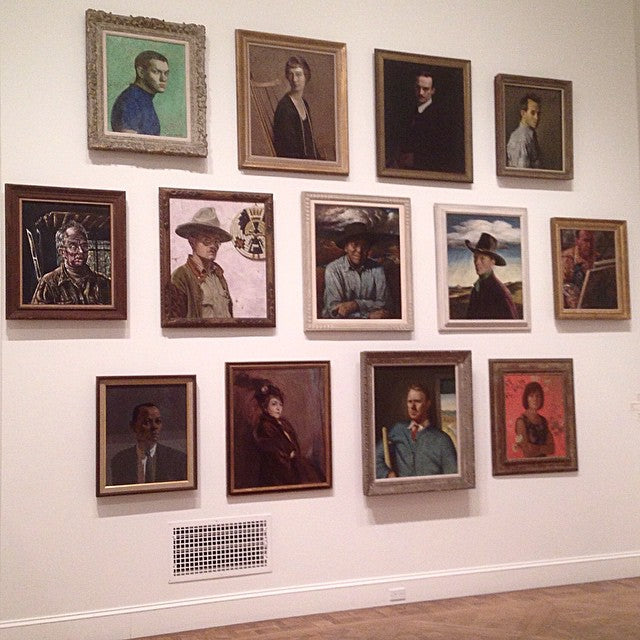
Whether hanging an exhibition, or simply displaying art in your own home, here are some suggestions to keep in mind:
- Think about your display as a visual narrative that reflects the similarities and contrasts between pieces both in subject matter and in medium. One work should be big or strong enough to be the focal point.
- Experiment! Some designers suggest making a paper template for each work to test the wall arrangements, which can be a useful technique. An even better approach is to utilize picture rail hooks or an an art hanging system, which allow efficient and effective experimentation with the actual works right on the wall.
- Be sure pieces hang flat against the wall. When one or two lean out, the effect is spoiled. There is one exception: if you are fortunate enough to be in a space with very high ceilings, it is acceptable, as well as historically accurate, to angle the uppermost works slightly for better visibility—but keep the angles consistent and the display harmonious.
To see more examples of salon-style hanging both formal and informal, visit our Pinterest board.
A version of this article originally appeared on the DontTakePictures.com blog, an excellent site for photographers and photography lovers.


